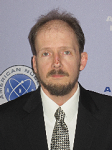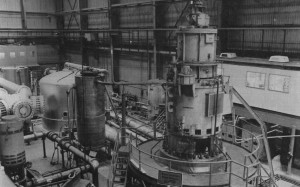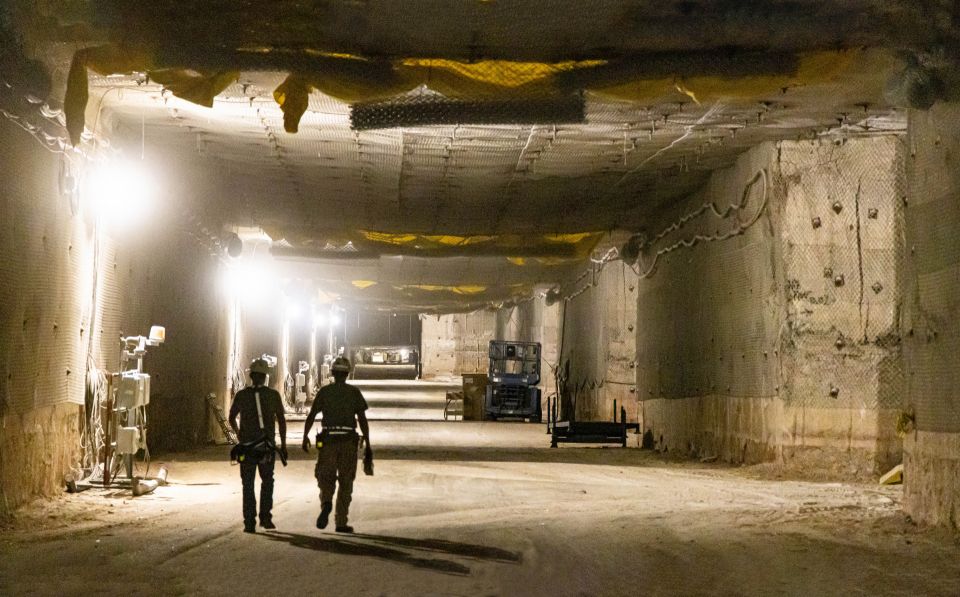Supply Chain and Procurement Issues - ANS Annual Meeting 2013
Today's session entitled "Supply Chain and Procurement Issues" was another great feature of the American Nuclear Society's 2013 Annual Meeting. The panel was sponsored by the ANS Operations and Power Division, and featured five speakers describing their views of the most pressing issues in the area of parts procurement for existing and new build nuclear plants to an engaged and very interested audience.
Richard Rasmussen of the Nuclear Regulatory Commission opened by noting that the United States' nuclear industry has some 400 domestic suppliers, but also has roughly 160 international suppliers spread among 17 countries. This can make it very challenging to monitor quality throughout the entire process of supply for parts. Rasmussen's main point was that the responsibility for supply chain integrity and overall quality assurance rests with the licensee, and not with the vendor. The Nuclear Procurement Issues Committee (NUPIC) and/or ASME (industry auditors, standards organizations) are the next level of review for supply, followed by the contractors or vendors and finally their sub-contractors. He said: "You have a quality program, and it looks good on paper. But is it running? Is it reaching down all the way to the subcontractors making the parts?"
Rasmussen noted that NRC experience has shown that most supply chain problems are actually found at the design level, with contractors or sub-contractors "not understanding the 'why' of a certain design or design requirement." He pointed out that it's very important these days to have continued interaction with overseas (foreign) contractors, to ensure that nuance of language and culture are not affecting the understanding of quality requirements.
"Nuclear energy is becoming a smaller and smaller part of most companies' business," Rasmussen said, with fewer and fewer people in each organization having what he referred to as the "nuclear mindset." Licensees must be sensitive to this in order to properly manage the supply chain top to bottom and be prepared to deal with issues all the way down to subcontractors and across oceans.
Counterfeit, Fraudulent, and Suspect Items (CFSI) are, according to Rasmussen, not a major issue in the United States in the supply chain-although recent events in South Korea concerning falsified quality assurance paperwork with parts and cables have once again pushed this issue into international focus. Rasmussen said that the process at licensees to cover this issue basically involves the process of "Prevent, Detect, Respond, and Communicate," and briefly detailed each of these steps. Rasmussen also told the audience that counterfeit or fraudulent parts should not "just immediately be sent back to the vendor, but held on to and submitted to the NRC for analysis." After this, the NRC would "take action through its own channels," which Rasmussen directly stated could and would, if necessary, include law enforcement agencies. Rasmussen closed by noting that rulemaking by the NRC on this issue is a remote possibility at best, because there are so few real examples of this phenomenon in the U.S. nuclear industry-noting that the NRC was working at some level with the Nuclear Energy Institute (NEI) on ensuring that it stays this way.
Ed Terres of Chicago Bridge and Iron presented a fascinating and insightful set of standards, and questions, for the audience. Of particular interest was Terres' brief discussion of what he termed as "supplier challenges," briefly detailed as follows:
• Topical Programs to Shop Procedures-Is your quality program that looks good on paper being implemented and getting results on the shop floor where the parts are being made?
• Documentation Flow Discipline-Is the proper paperwork to manage and track quality issues actually getting where it's supposed to be?
• Understanding Technical Requirements-Does the contractor or subcontractor fully understand the 'why' of specifications to ensure they're strictly followed?
• Traceability-Is a full material history on parts being developed and is it following the parts to the licensee?
The other speakers found both an interested and engaged audience that asked many questions on a topic that, as previously mentioned, has been pushed into focus once again because of the situation with JS Cable and South Korean nuclear plants-and is very important as the United States builds four new nuclear plants. Supply chain issues, such as have been detailed above, will be critical if the U.S. nuclear industry continues to grow, and if the supply chain vibrantly revitalizes to support new build here and abroad.
____________________________
 Will Davis is a consultant to, and writer for, the American Nuclear Society; an active ANS member, he will serve on the ANS Public Information Committee 2013-2016. In addition, he is a contributing author for Fuel Cycle Week, is on the Board of Directors of PopAtomic Studios, and writes his own popular blog Atomic Power Review. Davis is a former US Navy Reactor Operator, qualified on S8G and S5W plants. He's also an avid typewriter collector in his spare time.
Will Davis is a consultant to, and writer for, the American Nuclear Society; an active ANS member, he will serve on the ANS Public Information Committee 2013-2016. In addition, he is a contributing author for Fuel Cycle Week, is on the Board of Directors of PopAtomic Studios, and writes his own popular blog Atomic Power Review. Davis is a former US Navy Reactor Operator, qualified on S8G and S5W plants. He's also an avid typewriter collector in his spare time.




